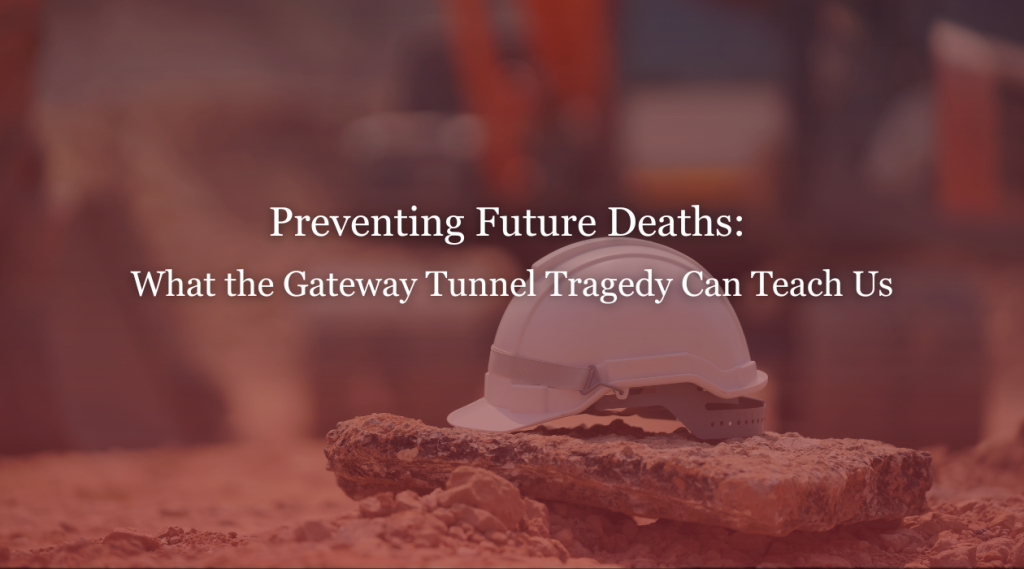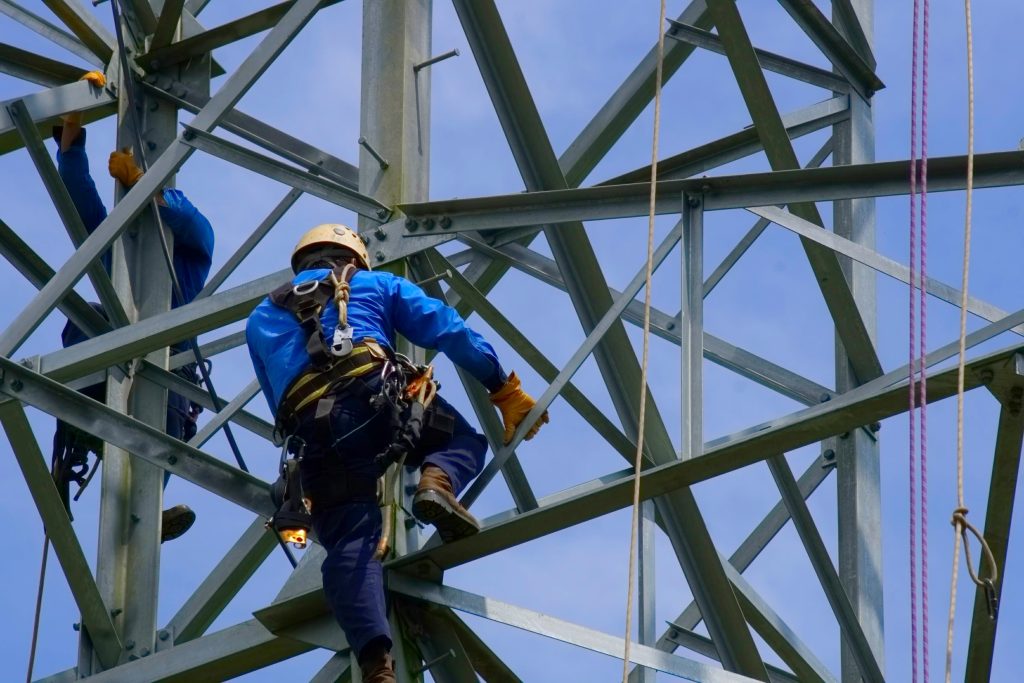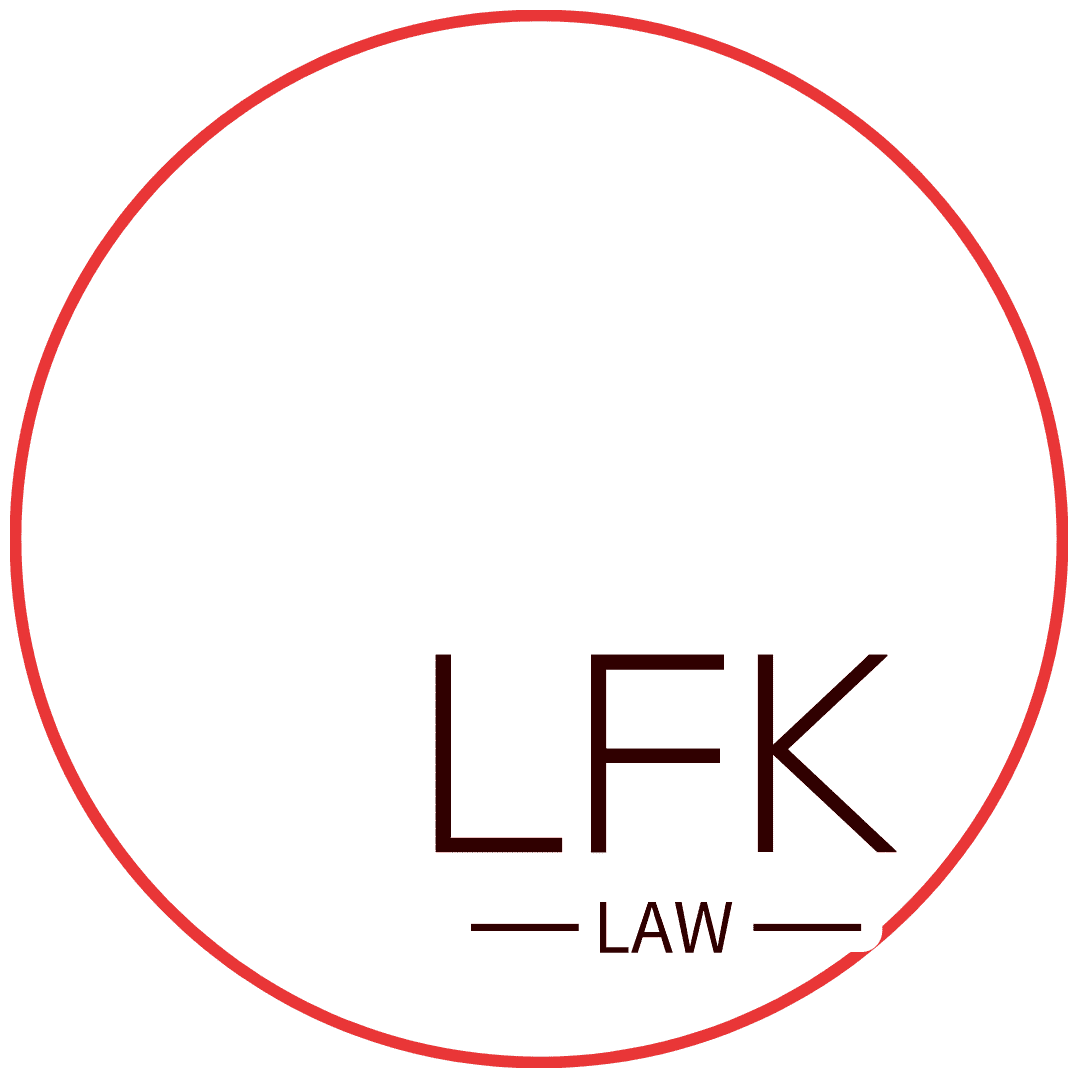
Preventing Future Deaths: What the Gateway Tunnel Tragedy Can Teach Us
October 28, 2025
A Worker’s Death That Should Never Have Happened
A worker at the Gateway Tunnel project in New York City recently died after working very long hours. (Gothamist)
According to a Gothamist report, his coworkers said he had been “working crazy hours” before his death. According to W42st.NYC, the exact cause of his fall is still under investigation, but factors like possible inadequate fall protections, unsafe site conditions, and worker fatigue from long hours are considered contributing concerns. (W42st)
This heartbreaking event shows what can happen when job sites are unsafe and safety laws are ignored.
Every worker has the right to a safe job and to return home at the end of each shift.
Who Is Responsible for Safety?
In New York, the law says that site owners, contractors, and supervisors must protect workers.
If someone gets hurt or dies because safety rules were not followed, those in charge can be held legally responsible.
The tragic death of the construction worker who fell 60 feet at the Gateway Tunnel site starkly highlights a critical failure in fall protection and site safety measures. Despite existing OSHA and industry regulations demanding comprehensive fall prevention systems for any work performed 6 feet or more above a lower level, this fatal accident suggests inadequate barriers, insufficient warnings, or unsafe site conditions were present.
It underscores the urgent need for all construction companies and site supervisors to rigorously review, update, and enforce fall protection plans, including guardrails, safety nets, personal fall arrest systems, and constant hazard assessments.
![[safety body construction] Working at height equipment. Fall arr - LFK Law Practice, P.C.](https://lfklaw.net/wp-content/uploads/2025/10/worker-with-hooks-safety-harness-1024x683.jpg)
Two main laws cover this:
- New York Labor Law § 240 (the Scaffold Law): This law says that if a worker is hurt in a fall or by falling objects, the site owner or contractor can be held responsible for not providing proper safety equipment.
- New York Labor Law § 241(6): This law requires all construction sites to follow New York’s Industrial Code, which sets detailed rules for safety equipment and site conditions.
Families of workers who die on the job can file a wrongful death claim to help cover:
- Funeral and burial expenses
- Lost wages or income
- Pain and suffering
- Emotional loss for loved ones
What OSHA Safety Rules Say

Federal law also protects construction workers.
The Occupational Safety and Health Administration (OSHA) sets safety rules for all U.S. job sites.
According to OSHA Standard 29 CFR § 1926.501 and § 1926.502:
- Workers 6 feet or more above a lower level must be protected by guardrails, safety nets, or personal fall arrest systems.
- Harnesses and anchor points must each support at least 5,000 pounds.
- Equipment must be checked daily for any damage or wear.
In New York City, Local Law 196 also requires:
- 40 hours of Site Safety Training (SST) for workers
- 62 hours of SST for supervisors
- A 4-hour fall prevention course
If any of these rules were ignored, the employer may be negligent under both state and federal law.
What to Do After a Construction Accident
If you or someone you love was hurt or killed on a job site, take these steps:
- Write down what happened and when it happened.
- Save photos or videos of the area or equipment.
- Talk to witnesses who saw what occurred.
- Report the accident to your employer and, if needed, to OSHA.
- Contact a construction accident lawyer as soon as possible.
A lawyer can help gather evidence, file complaints under OSHA or state law, and make sure your rights are protected.

We’re Here to Help

If you or your family has suffered from a construction accident, you don’t have to face it alone.
Our firm works with trusted doctors, medical providers, and safety experts to help you get care and legal guidance after an injury or loss
Contact us today for a free, confidential consultation.
We can connect you with medical resources and help you understand your options under New York Labor Law and OSHA regulations — so you can focus on recovery and rebuilding your life.
